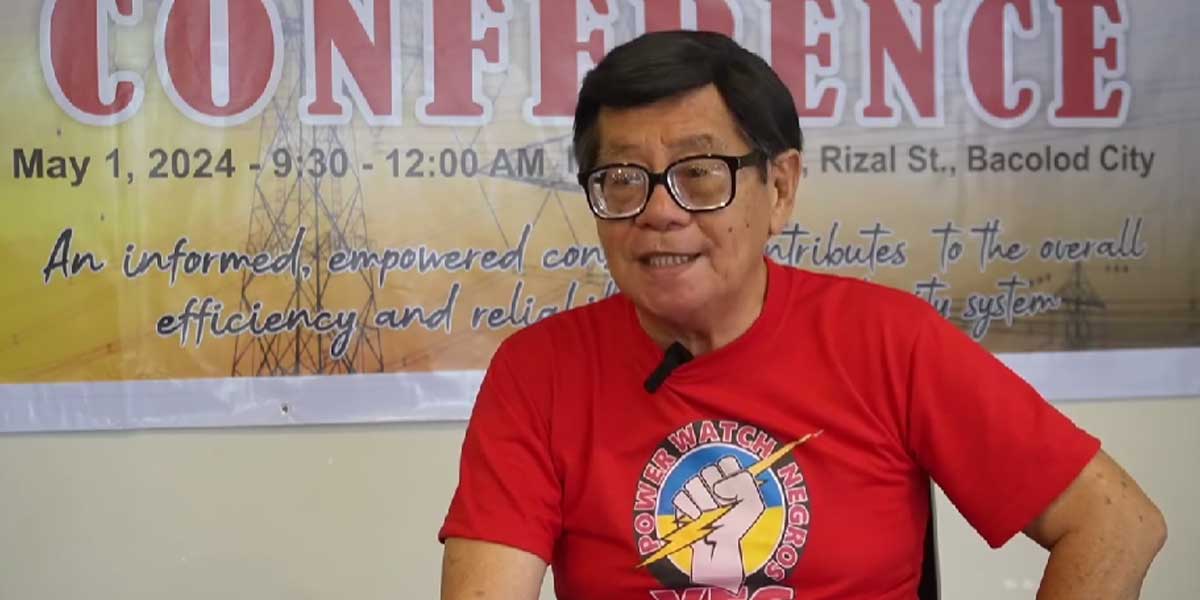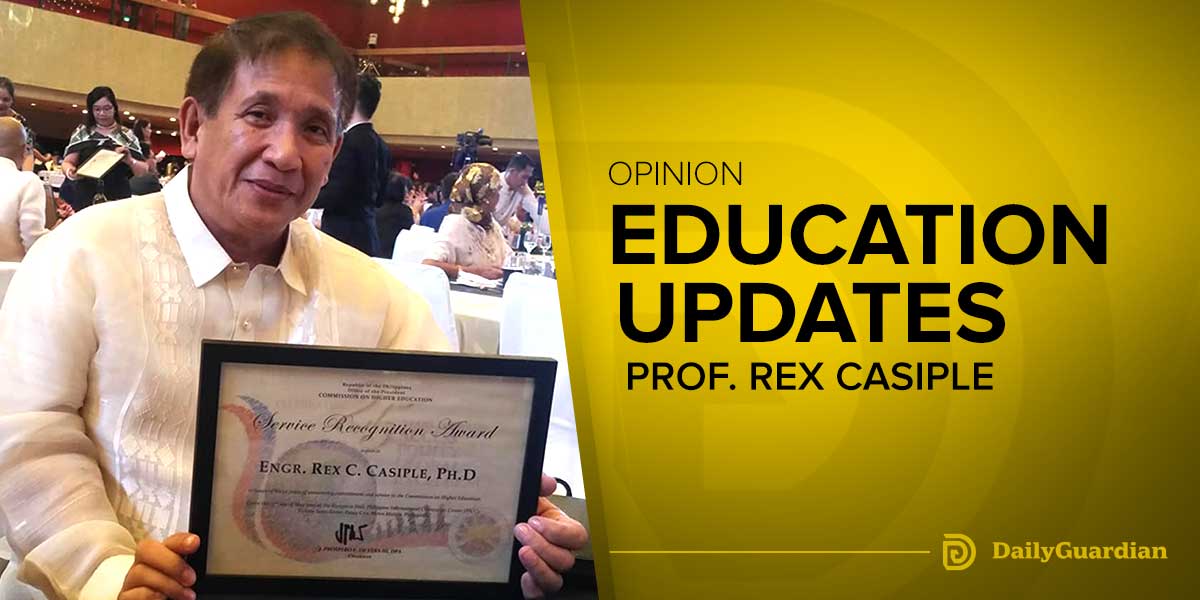
The Philippines is one of the world’s most disaster-prone countries, according to a recent international study.
But a handful of scientists from the University of the Philippines-Diliman College of Science (UPD-CS) hope to change that.
According to the WorldRiskIndex (WRI) 2022, the Philippines ranks the highest in terms of disaster risk among 193 countries covering 99 percent of the world’s population.
The report published annually by Bundnis Entwicklung Hilft and the Institute for International Law of Peace and Armed Conflict and has been in circulation since 2011 indicated that the Philippines logged an index score of 46.82.
The report assessed countries based on risk, exposure, vulnerability, susceptibility, coping capacities, and adaptive capacities.
As a nation of many small islands, situated along the typhoon belt, the Philippines is one of the countries vulnerable to extreme weather events which include earthquakes, storms or flooding.
India is second with an index score of 42.31, Indonesia came third with 41.46 and Colombia ranked fourth at 38.37.
Mexico, Myanmar, Mozambique, China, Bangladesh and Pakistan completed the world’s top 10 countries with the highest disaster risk scores.
The study assessed how 193 countries are more prone to disasters using an updated index, which now uses 100 indicators versus the previous 27.
“In particular, the inclusion of indicators on how populations have been affected by disasters and conflicts in the past five years, as well as on refugees, displaced persons and asylum seekers in the new index — also against the backdrop of the major global migration movements — results in a significantly more accurate representation of the realities of life in many countries,” IFHV Research Associate Daniel Weller said.
“Floods, heat waves and droughts are increasing seriously, and climate change is also having a massive impact on the assessment of risks,” said the executive director of Bündnis Entwicklung Hilft and project manager of the WorldRiskReport 2022, Peter Mucke.
“For a country’s risk of an extreme natural event turning into a disaster, natural and climate-related exposure forms the first part of the equation The second part is what is known as the vulnerability of society. This vulnerability is the factor of risk that can be directly influenced,” he added.
Tens of thousands of lives were lost during the last decade which saw the occurrence of seven of the deadliest and costliest typhoons in Philippine history. Data from the National Disaster Risk Reduction and Management Council revealed that damage to crops and structures reached P240 billion.
For a vulnerable country like the Philippines, the aftermath of disasters turbo-charged by climate change weather of recent years, as well as the projected climate change impacts, have given a glimpse of a future in a rapidly warming world.
UPD EFFORTS
Timely to the release of the Report, the University of the Philippines recently conferred the UP Centennial Professorial Chair and Faculty Grant on 98 UPD-CS faculty members from the Institute of Environmental Science and Meteorology and the National Institute of Geological Sciences, as well as from the National Institute of Physics, Institute of Biology, Institute of Chemistry, Marine Science Institute, Institute of Mathematics, and National Institute of Molecular Biology and Biotechnology.
The conferment also came just days ahead of the UN-declared International Day for Disaster Risk Reduction last October 13.
“The Centennial Grant is a welcome acknowledgement of, and support for, the hard work that UP’s scientists and researchers put into their respective fields. It helps us to focus on the tasks at hand so that we can bring the science to where it is most needed,” said UPD-CS Dean Giovanni Tapang.
“There are a lot of research studies to understand the physical, social, and economic components of risk. Our main role as scientists is to communicate and disseminate information on hazards and their impacts, hoping these will guide efforts in disaster response,” added Centennial Grant awardee Dr. Noelynna Ramos, a professor of Geomorphology and Geohazards at the National Institute of Geological Sciences and the head researcher of the Geomorphology and Active Tectonics Research Laboratory.
“Much of the research we undertake is very meticulous and painstaking. For outside observers, they may not seem immediately important or even necessary. But patient persistence pays off, because we are eventually able to find underlying patterns that enable us to come up with practical, real-world solutions,” explained Centennial Grantee and atmospheric physics expert Dr. Gerry Bagtasa.
“There is much that can and should be done in terms of disaster response in the country, and I’m thankful that UP and the College of Science understand this and enable us to help address these.”
The Centennial Grants are awarded annually to UP faculty members in recognition of their outstanding performance in the areas of teaching; research or creative work; and public service. In their various capacities, the Grantees’ research is helping improve our understanding of the natural world and, more specifically, the nature of natural disasters and how best to respond to them.






















Comments are closed.